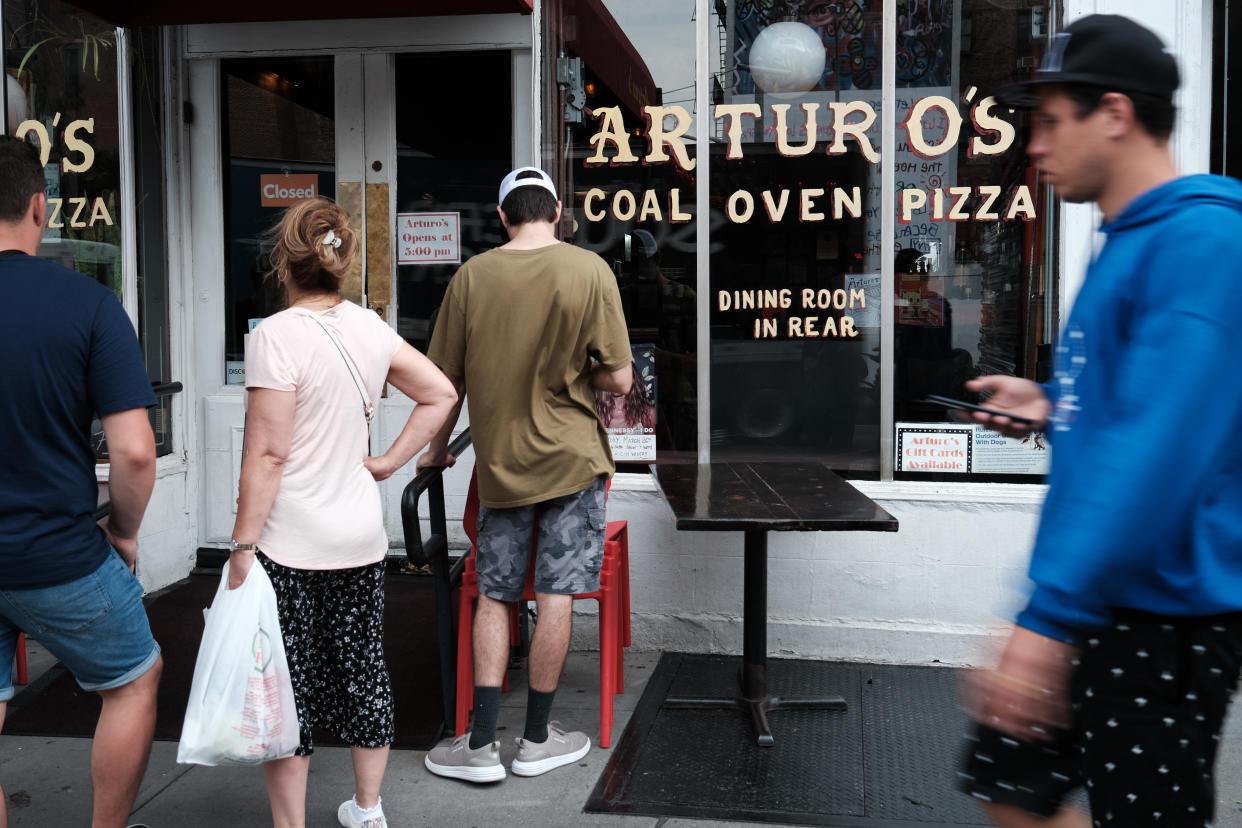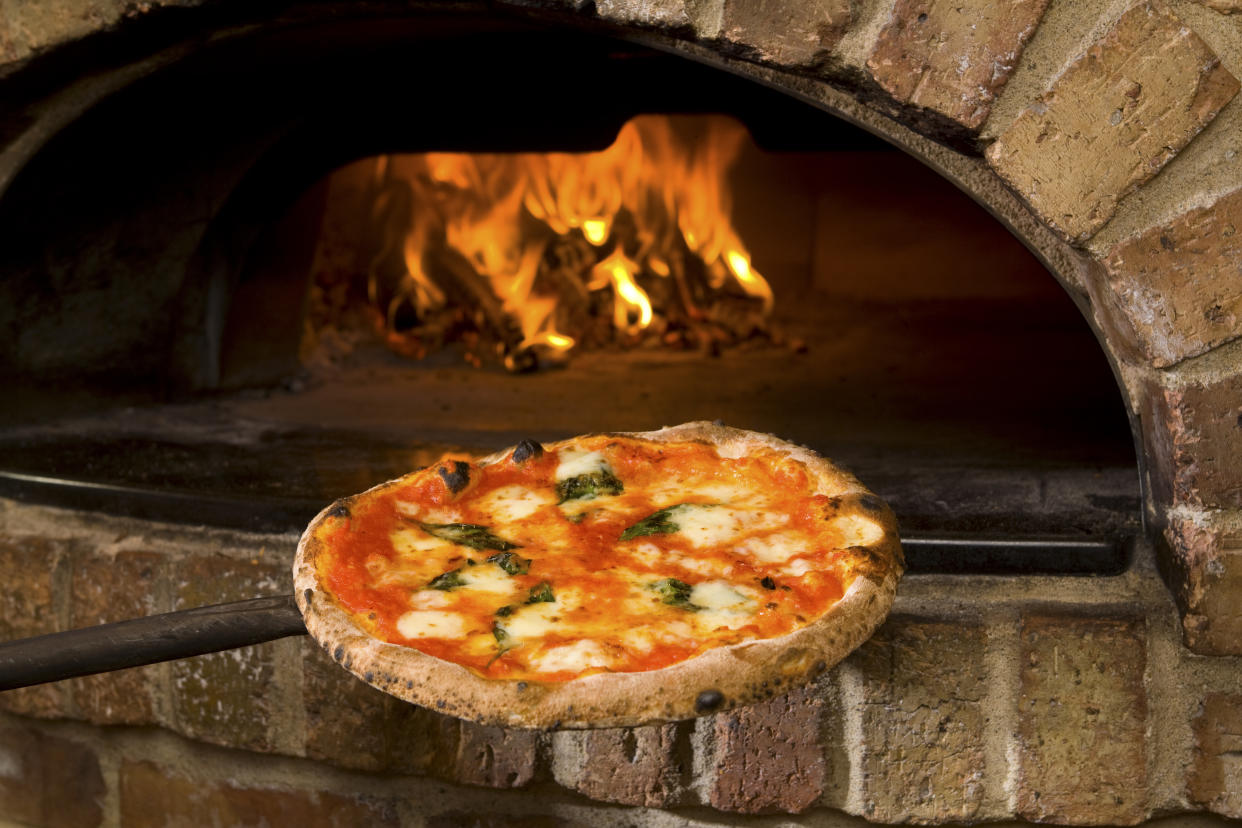The New York City pizza stove controversy, explained

The New York Post ignited a controversy Sunday when it published a story titled “NYC rules crack down on coal-, wood-fired pizzerias — must cut carbon emissions up to 75%.” The article accused climate change activists of threatening a beloved culinary staple.
But the regulation proposed by the New York City Department of Environmental Protection would not actually apply to carbon emissions. It would instead require businesses with coal- and wood-fired ovens to “hire a professional engineer or registered architect to assess the feasibility of installing emission controls on the cook stove to achieve a 75% reduction in particulate emissions.” Such emissions, like soot, have been shown to be harmful to human health.
The Post’s mischaracterization of the pending regulation was repeated by outlets including the Daily Beast, the Daily Mail, the Blaze, National Review and the Washington Examiner. On Tuesday, Fox News (which, like the Post, is owned by Rupert Murdoch’s News Corp) aired 52 minutes of coverage of the Post's pizza story. One conservative activist lobbed slices of pizza at New York City Hall on Wednesday, shouting, "Give us pizza or give us death.”
The Daily Caller attributed the rule to “climate extremists,” and Twitter owner Elon Musk complained that the “utter BS” regulation “won’t make a difference to climate change.”
While the proposal could impact how some pizza restaurants in the city operate going forward, the focus on climate change is misplaced.
The proposal is intended to clean up local air

The text of the proposed rule does not mention climate change, climate pollution, global warming or carbon.
“Particulate pollution and carbon pollution are not the same thing,” the newsletter Heated explained. “Particulate pollution refers to the tiny pieces of solids and liquids that we can breathe into our lungs.”
Whether it’s from a wildfire in Canada or a pizza oven in New York City, particulate matter can cause health problems ranging from respiratory irritation to heart attacks.
How the rule would work
If an assessment finds it is feasible to install pollution controls, they would have to be added within six months. Paul Giannone, owner of a pizza restaurant in Brooklyn that installed the technology in 2019, told the Post it cost $20,000. (A restaurant could instead switch to an electric or gas oven, but commercial models may also cost more than $10,000.)
If the assessment finds that a reduction of 75% is impossible, the professional assessor either finds a way to reduce emissions by 25% or explains to the city why no emissions controls can be installed.
Although many articles presented the rule as already being in effect, it has not been finalized, and some local politicians are calling for revisions or subsidies to ease the financial burden on restaurants.
Why the rule is being proposed

The rule is part of the implementation of a law passed by the New York City Council in 2015.
“We’re talking about the wildfires and bad air from Canada? Workers with these coal- and wood-oven-fired pizzerias are breathing in a wildfire every day,” Queens Borough President Donovan Richards, who wrote the bill when he was on the council, told the Post.
Who is affected
Some commentators claimed that the majority of the city’s pizzerias use wood- or coal-fired ovens, but the proposed rule would apply to only “under 100” restaurants, according to the Post. The New York City Department of Health says there are 1,315 pizza restaurants in the five boroughs, so less than 8% of them would be affected.
No surprise, that is incorrect. The majority of pizza places in NYC do not use wood burning ovens. Those that do and have added filters find that (1) the pizza is still great and (2) their neighbors are happier bcs they don't smell the smoke all day long. Go back to Colorado. https://t.co/e5cZqEBZPU
— Jo Anne Simon 文雅麗 🟧 (@JoAnneSimonBK52) June 27, 2023
The filtration system is in the smokestack, not the oven
One unnamed restaurateur was quoted by the Post saying that pollution controls would result in “ruining the taste of the pizza, totally destroying the product.” Similar concerns were expressed by commentators such as Piers Morgan.
But removing pollution from smoke doesn’t change the taste of the food in the oven. Air filtration systems are already widely used in Italy (although pizzeria owners there have also objected to the cost of installing them).
“If someone is trying to say that putting the scrubber in changes the flavor of the pizza, they’re just trying to save themselves $20,000,” Giannone said. “No, it doesn’t affect what’s going on inside the oven.”
Giannone said that adding the filter was “a huge hassle” but that his neighbors have stopped complaining about the smoke from his shop since he installed it.


